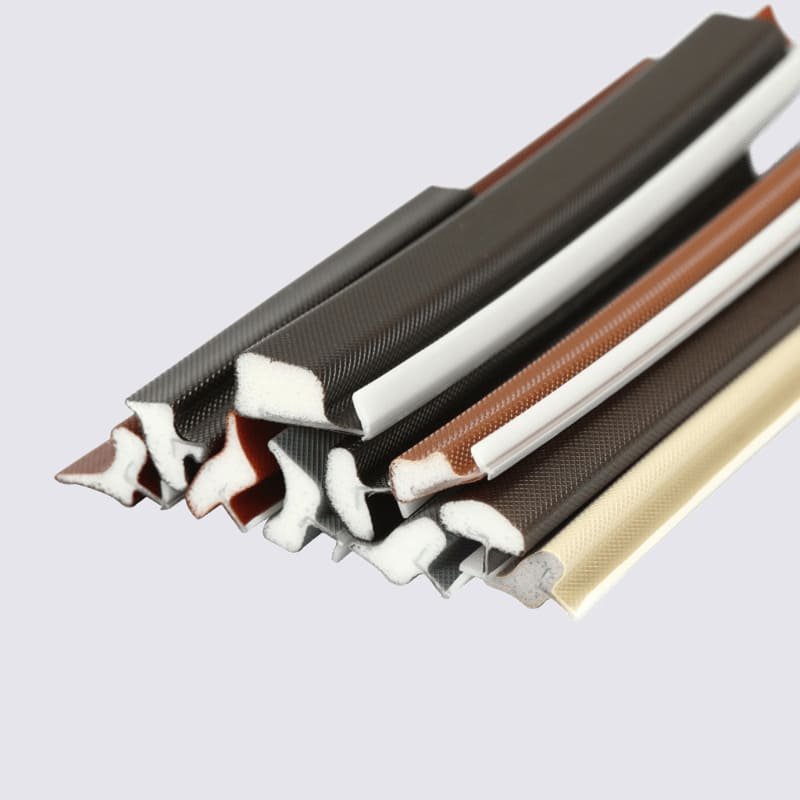Why Are silicone radiator hoses better?
Silicone radiator hoses offer several advantages over traditional rubber hoses. Some of the key benefits include:
Silicone hoses are highly durable and resistant to damage from heat, druk, en gemikaliën. They can withstand extreme temperatures and harsh environments without cracking, swelling, or deteriorating.
Silicone hoses can handle high temperatures better than traditional rubber hoses.
Silicone hoses have a smoother inner surface than traditional rubber hoses.
Silicone hoses are available in a range of colors and can be customized to fit a variety of applications.
Overall, silicone radiator hoses are a popular upgrade for performance enthusiasts and those looking for improved durability and performance from their cooling systems.
What hose lasts the longest?
The longevity of a hose depends on various factors such as the material, frequency of use, storage conditions, and the level of care and maintenance. lykwols, some types of hoses are known to have a longer lifespan than others.
Here are some of the most durable types of hoses:
silicone hoses are generally durable and long-lasting. They are made from a synthetic rubber material called silicone, which is highly resistant to heat, kâld, en ozon. Silicone hoses are also resistant to degradation from chemicals, oaljes, en UV-strieling.
Stainless steel hoses: These are made of metal and are highly resistant to punctures, kinks, and crushing. They are also resistant to rust and corrosion, making them an excellent choice for outdoor use.
Rubberen slangen: Rubber hoses are flexible and can withstand extreme temperatures, making them ideal for use in harsh weather conditions. They are also resistant to kinks and abrasions.
Polyurethane hoses: Polyurethane hoses are lightweight and highly resistant to abrasions and punctures. They are also flexible and easy to maneuver.
PVC hoses: PVC hoses are durable and resistant to abrasions and punctures. They are also lightweight and flexible, making them ideal for a range of applications.
Uteinlik, the best hose for you will depend on your specific needs and usage. Consider the environment in which you will be using the hose, the frequency of use, and your budget when selecting a hose that will last the longest.
What is the best material for radiator hoses?
The best material for radiator hoses depends on various factors such as the type of vehicle, the engine’s cooling requirements, and the environment in which the vehicle operates. Here are some common materials for radiator hoses and their properties:
EPDM (Ethylene Propylene Diene Monomer) Rubber: This material is widely used in radiator hoses because of its excellent heat resistance, duorsumens, en fleksibiliteit. EPDM rubber can withstand high temperatures and pressures and is resistant to degradation from coolant, ozon, en ferwaarming.
Silicone: Silicone hoses are known for their high performance and durability. Se kinne fernear ekstreme temperatueren, from -65°C to 260°C, and are resistant to aging, ozon, en UV-strielen. Silicone hoses are commonly used in high-performance and racing vehicles.
Nitril rubber: Nitrile rubber is resistant to oil, brânstof, and other chemicals, making it suitable for use in diesel engines. It is also heat resistant and can withstand temperatures up to 120°C.
Reinforced Rubber: Reinforced rubber hoses have a layer of fabric or wire mesh embedded within the rubber to provide extra strength and durability. These hoses are commonly used in heavy-duty vehicles such as trucks and buses.
Uteinlik, the best material for a radiator hose depends on the specific application and requirements of the vehicle. It’s important to consult with a qualified mechanic or automotive expert to determine the most appropriate material for your radiator hose.



